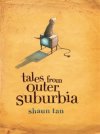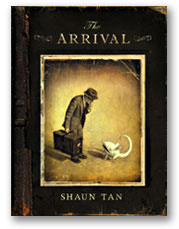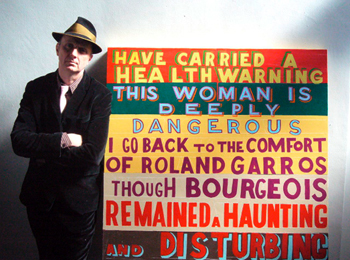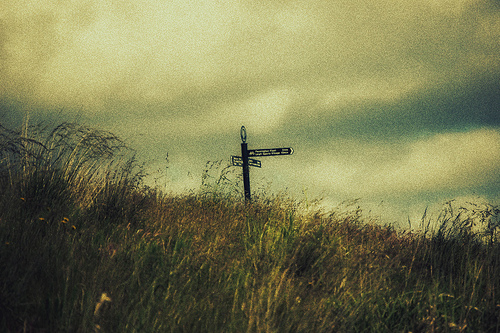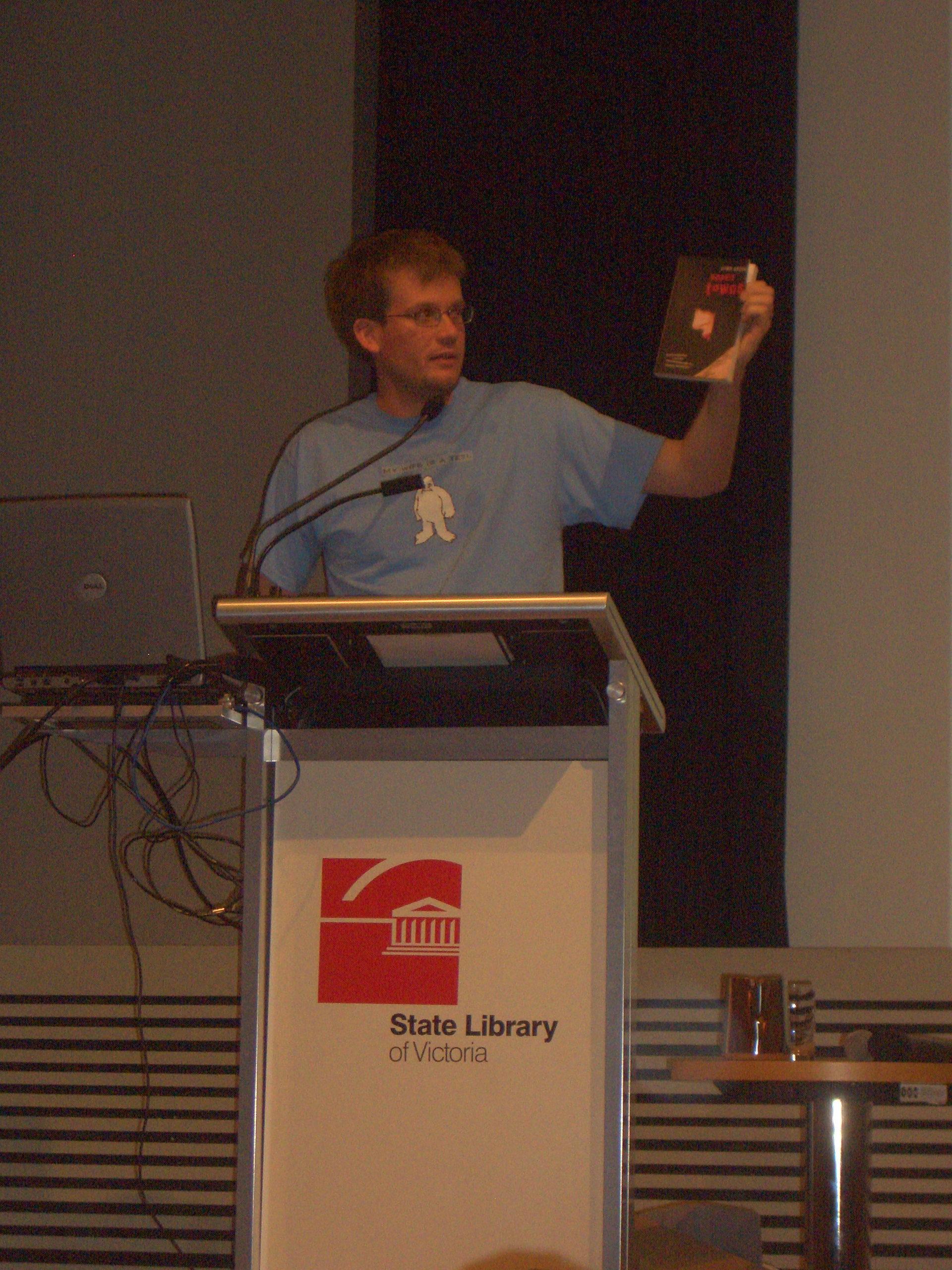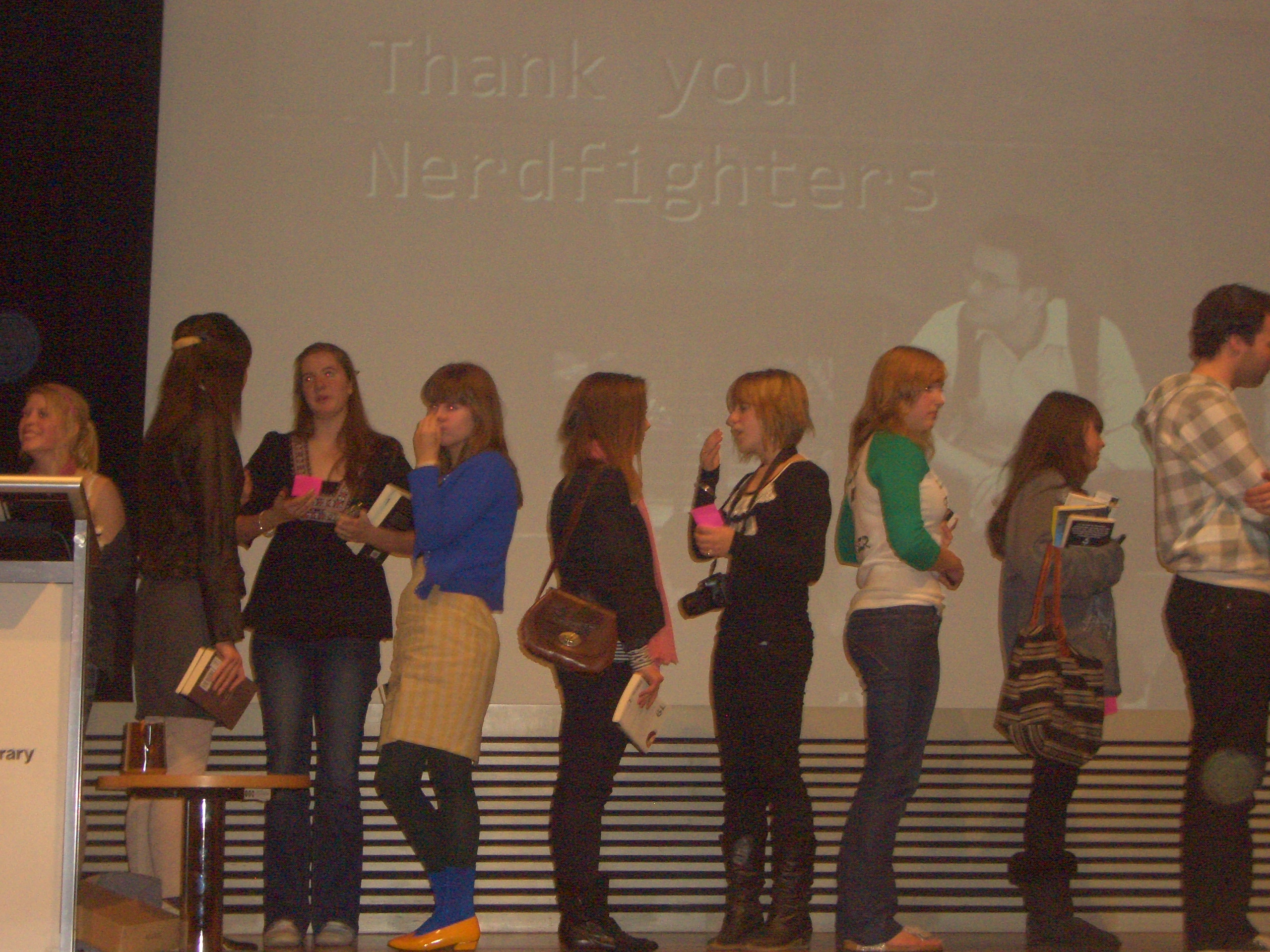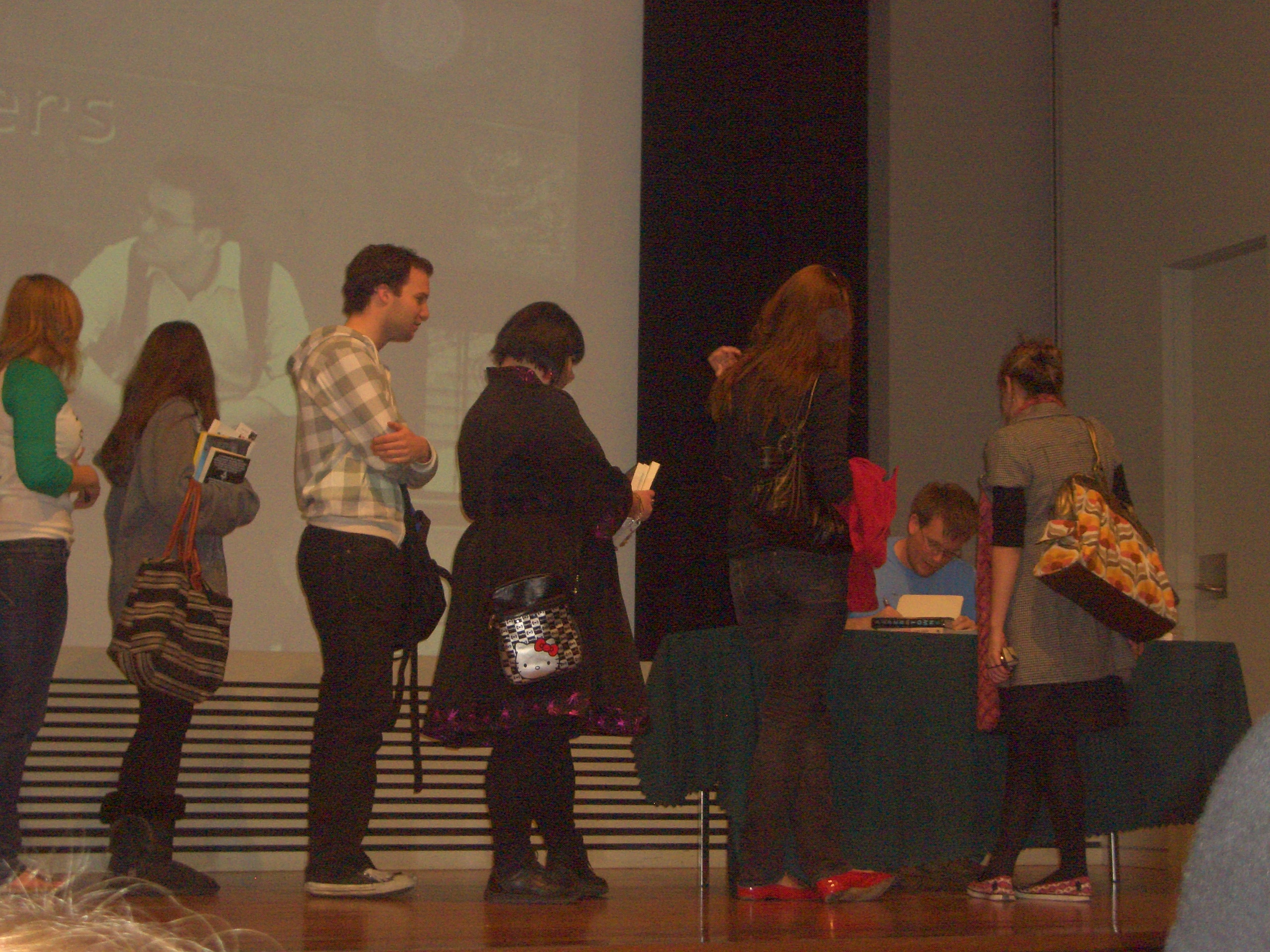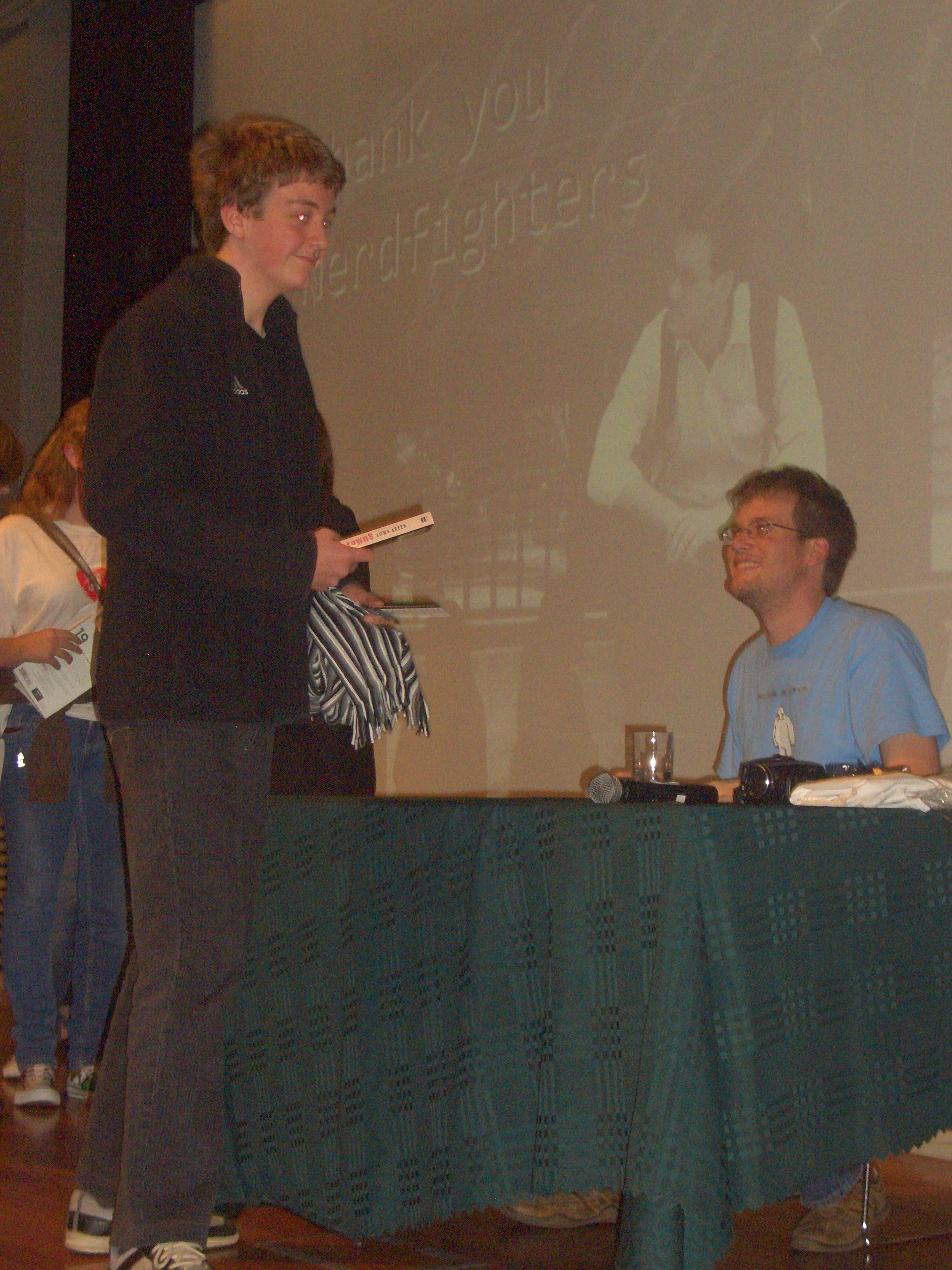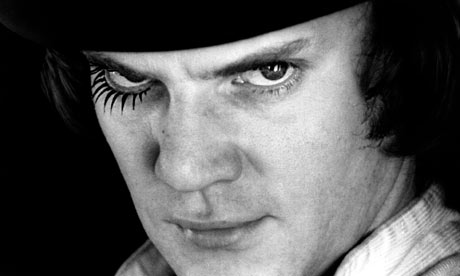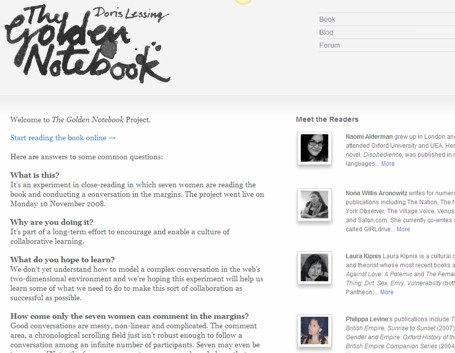Did you know that UNESCO bestowed on the city of Melbourne the title of City of Literature as part of its Creative Cities Network?
Maybe you did, but did you also know that the Arts Minister, Lynne Kosky, announced two days ago the creation of The Wheeler Centre: Books, Writing, Ideas. It has been named after the founders of the Melbourne-based Lonely Planet travel guides.
From 2010, Melbourne will have a new kind of cultural institution. The Wheeler Centre. A centre dedicated to the discussion and practice of writing and ideas. Through a year-round programme of talks and lectures, readings and debates, we invite you to join the conversation.
The city of Melbourne is home to an impressive collection of literary organisations, including the Victorian Writers’ Centre, Express Media, the Australian Poetry Centre, the Melbourne Writers Festival, Emerging Writers’ Festival and the Centre for Youth Literature.
These organisations will reside at 176 Little Lonsdale Street, a newly renovating wing of the State Libray of Victoria. I still remember the Melbourne Public Library housing the National Art Gallery, the Museum of Melbourne and the Planetarium.
Now it is the home of the Wheeler Centre for Books Writing and Ideas.
Browsing the Wheeler Centre’s website, I discovered a remarkable short animated film for the New Zealand Book Council.
[youtube=http://www.youtube.com/watch?v=F_jyXJTlrH0]
No doubt some wonderful initiatives will be coming from these literary organisations, like the Summer School Novel Writing workshop in January 2010 organised by the Victorian Writers’ Centre.
And if you ever doubted the connection between reading and writing (as if you would), you’d be advised to read what the Victorian Writers’ Centre writing tips state at the top of the list:
A few good tips to develop your writing.
Every experienced writer reads widely. Professional writers always recommend reading as a way for the writer to learn their craft. Reading widely can enhance your writing technique, broaden your scope, multiply your ideas and deepen your understanding of literary form in all its variety.
And if you’ve ever been confused by punctuation rules, think about following the great French author, Gustav Flaubert, in his ‘musical’ rules for punctuation:
Flaubert’s rule was that a pause of:
one beat equals a comma
two beats equals a semi-colon
three beats a colon
four beats a full stop
That’s what I call simple rules of punctuation.
Thanks to CMIS Fiction Focus for the alert.




